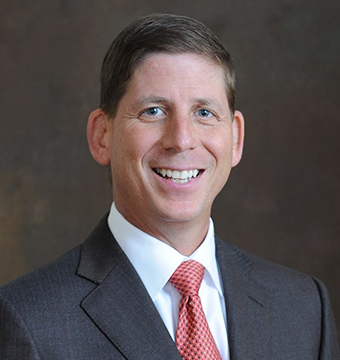After several weeks of a self-imposed blog break, I decided it was time to get back! The best part of taking a respite from this stuff is that you can sit back and observe what is going on in your profession rather than feel the need to respond. While the events of the economy, the stock market, and the Kardashian wedding, dominate mainstream media, physical therapy continues to make a meaningful difference. Some random thoughts and observations to that end:
Keyword “physical therapy” and “physical therapist”. When we first started this blog over 1500 posts ago, (April 2005) with this intro, I started using a service that brought all mentions of of “physical therapy” and “physical therapist”. It averaged less than 5 per day. The new average is now over 30 and certainly social media can in part be credited but I also believe that heartwarming stories like this are much more newsworthy and show physical therapy making a meaningful difference. I believe this has helped our profession tremendously along with the microblogging of twitter. After meeting the founder of the company at a conference in early 2007, I signed up and never expected the platform to be as big as it is now. In fact, a fellow EIM’er who shall remain nameless bet me a steak dinner that the service would be bankrupt in a year! The number of PT’s tweeting away coupled with patients expressing strong opinions about physical therapy has without question boded well for physical therapy having a meaningful difference. There are now lots of PT’s on twitter and tons of public lists of PT’s.
Pay for Performance (P4P). Throughout the summer, I engaged in many conversations with those within and outside our profession that view P4P as a panacea for healthcare and in particular PT. Many are surprised to hear that I am adamantly against P4P-not the concept which is hard to argue with but the execution and examples. Have written extensively about this, but P4P is not an incentive and in time becomes a penalty. The best example is Physician Quality Reporting System (PQRS) which started out as an “initiative” (PQRI) and is now a full blown “system” which means it is more complex than ever. It has been my contention for years that the measly increase you get by complying with the reporting does not cover the cost of the disruptive process and is thus a reimbursement cut. Most practices that I know are not doing PQRS but alas, if you don’t in a few years be prepared that they will actually decrease your reimbursement for non-compliance! We have begun evaluating PQRS and are hopeful that with our vast EMR can integrate the reporting requirements without adding a work component. If somebody can explain how this is “quality” or “P4P”, please do. Has anybody seen a P4P in physical therapy where there are incentives or penalties for patients’ performance? While I am anti-P4P, I am also pro-accountability and third party outcomes reporting with services like FOTO and wish more practices would embrace them.
The great equalizer. I have always believed, despite one-sided articles about PT shortages like this, that there are far too many PT programs in the U.S. We have about a half the number of medical schools and they are producing about three times as many graduates per year than the approximate 7,000 new PT’s that graduate every year. Despite this data, new PT programs are opening faster than Jimmy John’s as everybody wants a piece of the educational action. Each program of course has to find qualified faculty and internship sites. In the age of EBP and consistency of practice, it would be hard to convince anybody that such expansion and inefficiency will do anything more than contribute to even greater variation of practice-not less. However, the great equalizer is residency and long-term post professional training. On some site visits a few weeks ago, I talked to about 12 different PT’s working in 3 different facilities which represented about 10 different PT schools. All of them are involved in the same residency or fellowship and this clearly is the best way to defragment their inconsistent training and backgrounds from PT school. Unfortunately, there is nothing to stop employers from saying they have a “residency” program for new graduates even though their training is not credentialed by APTA. I have a feeling that this misleading activity will increase since many employers have to find a recruitment edge yet don’t want to be obligated to standardized credentialing. My hope is that APTA will find a way to uphold the rigor of a credentialed residency/fellowship program while streamlining regulations and even more so reducing cost for participation. (full disclosure: I am a part of EIM which is one of many credentialed residency/fellowship programs around the country) .
Anti Aging. Does physical therapy have a role? I certainly don’t see it in this article which describes the industry as growing from $80 billion to $114 billion by 2015 (for those keeping track this is conservatively 7-8x larger than outpatient PT ). While I am always seeing the trend of cash based exercise and medically oriented gyms in PT clinics, it appears that the anti aging is more recipient passive! Where can physical therapy make a meaningful difference in this industry? Thoughts?
Larry@physicaltherapist.com
@physicaltherapy
